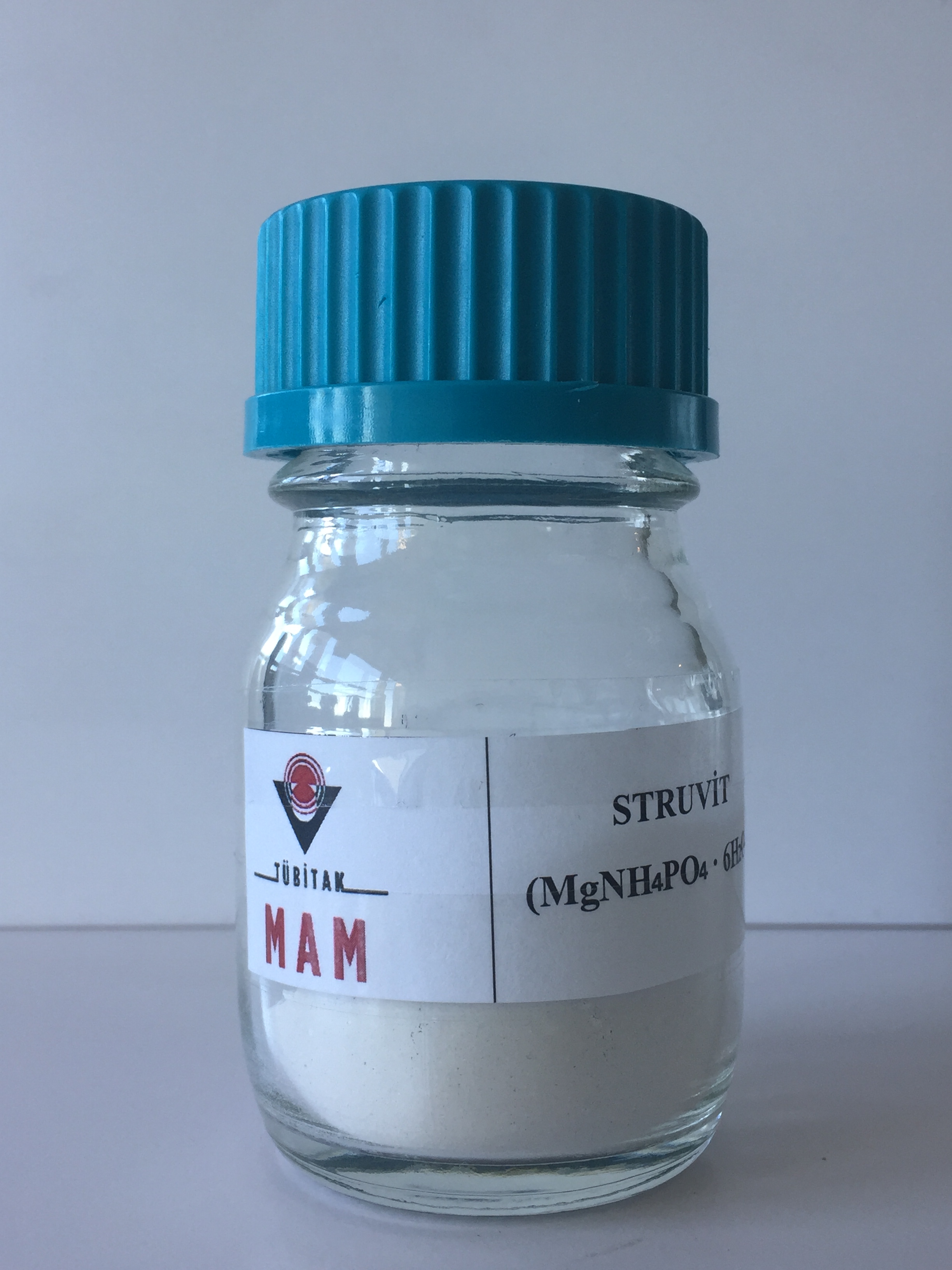With the increasing world population, the rapid increase in the use of natural resources and the limited availability of these resources make it essential to manage them with a circular economy approach.
In this approach, recovery of nitrogen and phosphorus elements, which are of great importance for our vital activities, from the wastewater of WWTPs and transformation into sustainable and renewable resources should be considered as a significant potential.
TÜBİTAK Marmara Research Center (MAM) Environment and Cleaner Production Institute (ÇTÜE) carries out zero waste studies by preventing pollution at source in wastewater treatment plants in various provinces of Turkey. It allows the recovery of nutrients in the form of struvite in wastewater treatment plants.
- It is the recovery of nutrients such as N and P from wastewater sources with an environmentally friendly method.
- Struvite recovery means the use of secondary resources as raw materials within the scope of the circular economy.
- Struvite recovery offers a self-sustainable solution in urban wastewater treatment plants.
- It helps to ensure wastewater discharge limits.
- It creates income.
- Obtaining fertilizer from wastewater by precipitation is an energy positive, environmentally friendly and economical process.
Pilot plant design and pilot plant operation manuals were prepared for the recovery of nutrient struvite (struvite, MgNH4PO4.6H2O) from treatment sludge, supernatant solutions and centrate formed in various units of İzmir Çiğli WWTP.



